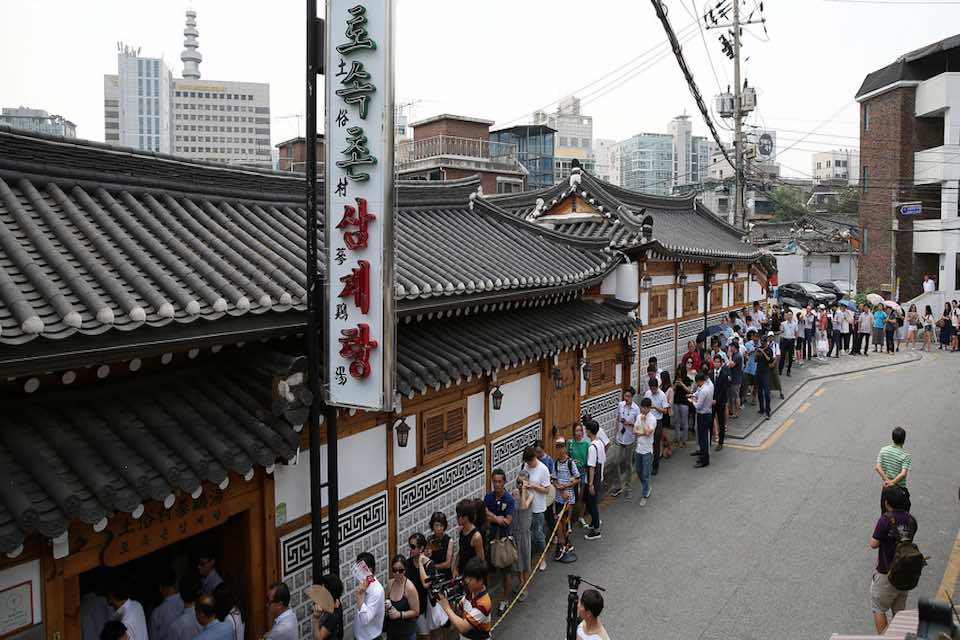TL;DR: Many countries eat dog, not just South Korea. There are a lot of problems within the industry, which is barely regulated, but the problem isn’t as simple as South Korea rooting out the custom altogether. Neither is the problem just about a ‘backward, barbaric’ culture. Here’s our guide to understanding the larger context behind dog eating in South Korea.


